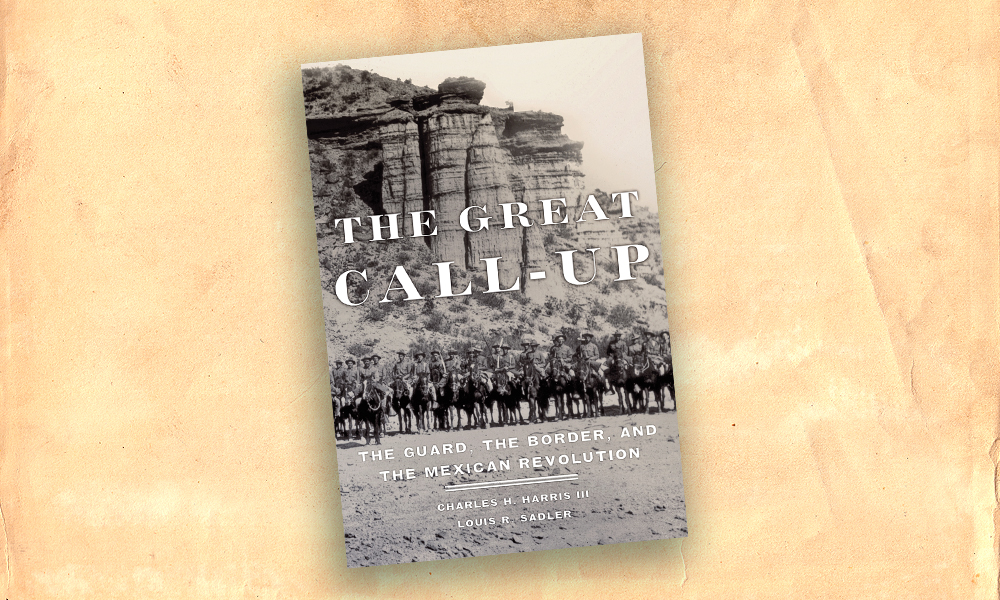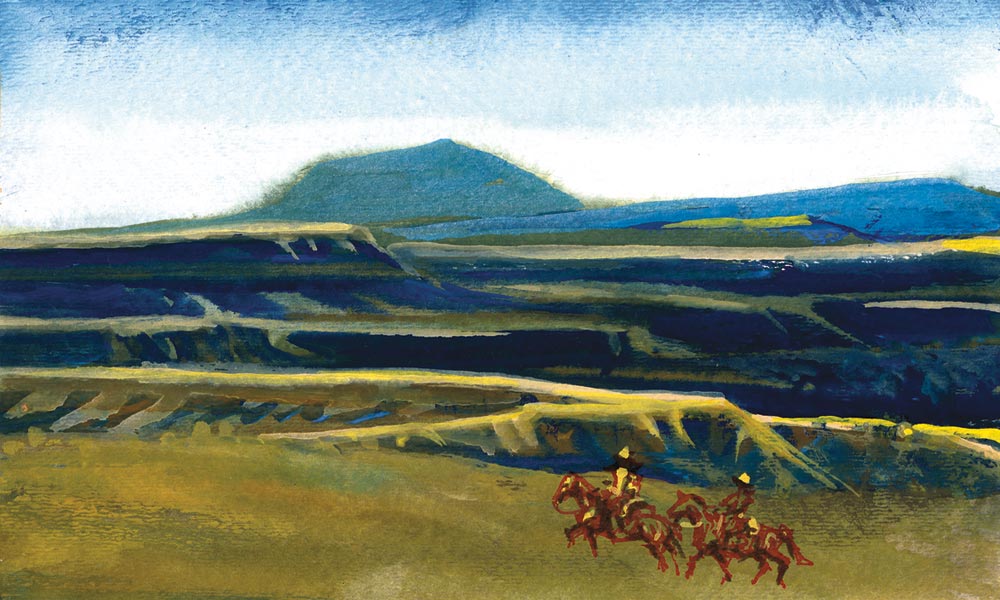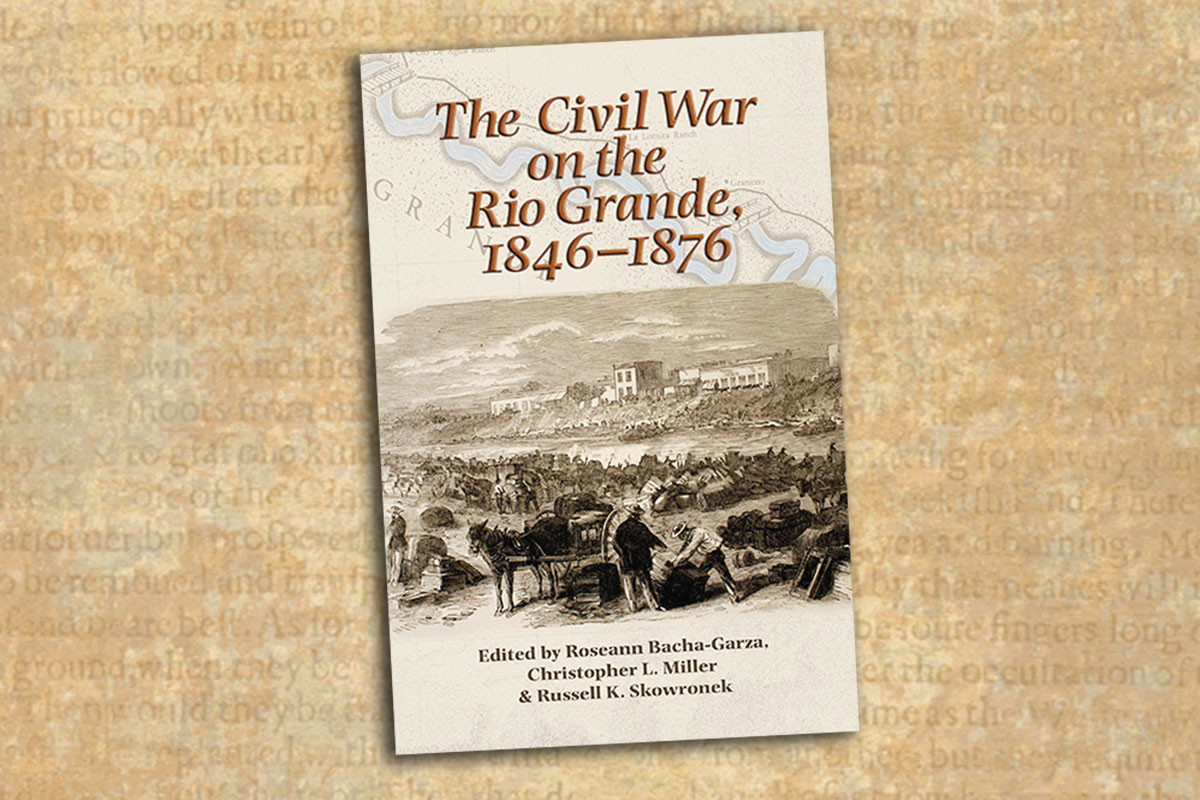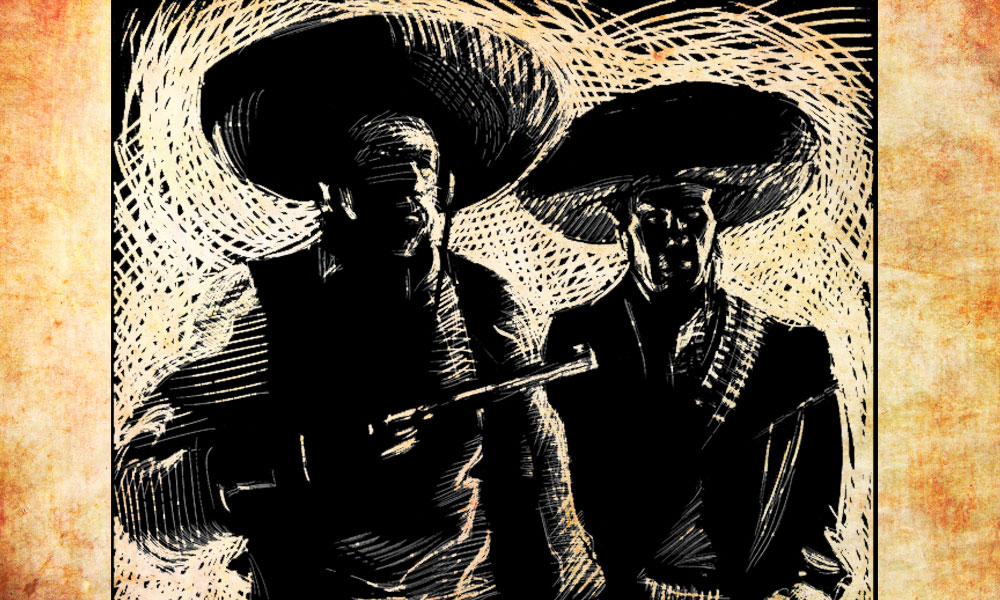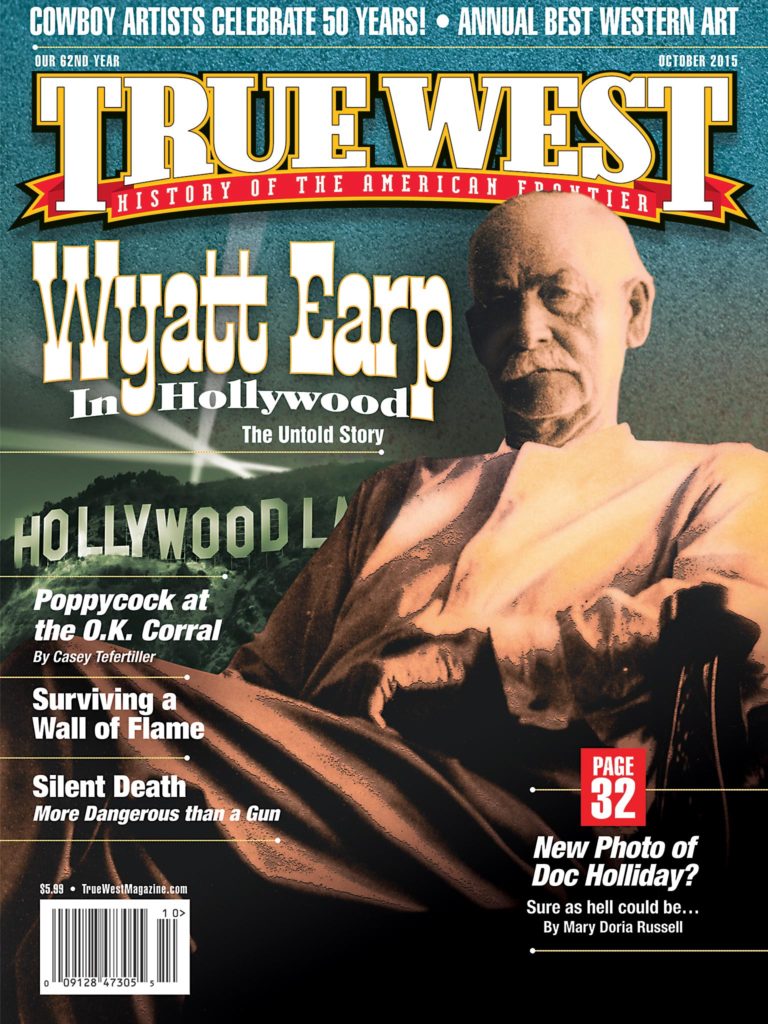A century ago, World War I was entering its second year of slaughter with massive casualties recorded on the Western and Eastern fronts of Europe, as well as in Turkey, Iraq and South Africa. The United States was still embroiled in controversy over the sinking of the RMS Lusitania in June 1915, and politically divided over whether to join the British and French in their fight against Germany and the Central Powers. At home, President Woodrow Wilson was concerned with the national defense of America’s southern border with Mexico, which had been entangled in revolution since 1910. In August 1915, Venustiano Carranza’s Constitutional forces defeated the forces of Gens. Pancho Villa and Emiliano Zapata. In October 1915, the United States recognized Carranza and his party as the de facto president and government of Mexico.
Villa, stinging from the U.S. recognition of his enemy Carranza, struck back across the Chihuahua state line on March 9, 1916, and “attacked the New Mexico border hamlet of Columbus, burning and looting part of the town and killing eighteen soldiers and civilians.” Villa’s unwarranted surprise attack sparked President Wilson’s authorization of the well-documented U.S. Army Punitive Expedition. Led by General John J. Pershing, the campaign into Mexico later that month was followed by the lesser-known call-up of 150,000 National Guardsmen to secure the southern border in May. The Great Call-Up: The Guard, the Border, and the Mexican Revolution (University of Oklahoma Press, $39.95) is Charles H. Harris III and Louis R. Sadler’s timely, brilliant and comprehensive study of this massive and unprecedented militarization of the U.S.-Mexico border.
Harris and Sadler’s highly detailed research reveals that the highest ranks of the U.S. Army viewed the Guard as amateurish and undisciplined, and were very critical of President Wilson’s use of the state militias. Nonetheless, the massive call-up of Guardsmen from nearly every state would positively benefit the country’s entrance into World War I in 1917. The army was forced to improve military training and discipline of Guard troops, as well as of the regular army troops.
The War Department learned valuable lessons about logistics and that a motorized, armored army on the ground and in the air was the future. The result of the deployment was transformative: the first U.S. division shipped to Europe in the fall of 1917 was the New England National Guard 26th. According to Harris and Sadler, this “could not have occurred as quickly without the leadership of the 1916 veterans.”
When the Armistice to end World War Iwas signed November 11, 1918, the National Guard had supplied 17 of the 43 divisions to the American Expeditionary Force. Harris and Sadler conclude that for the first time in U.S. history, the National Guard had transformed from “militia to the only existing army reserve,” and that subsequently, since 1917, “the U.S. Army cannot fight a war without the National Guard.” And while Harris and Sadler’s comprehensive research and insightful conclusions broadly reveal the great importance of Wilson’s deployment of state militias to the U.S.-Mexican border, the most important conclusion may be that Villa’s raid on Columbus, New Mexico, was the actual spark that ignited the modernization of the most powerful military in the world, built on the shoulders of citizen soldiers.
—Stuart Rosebrook

